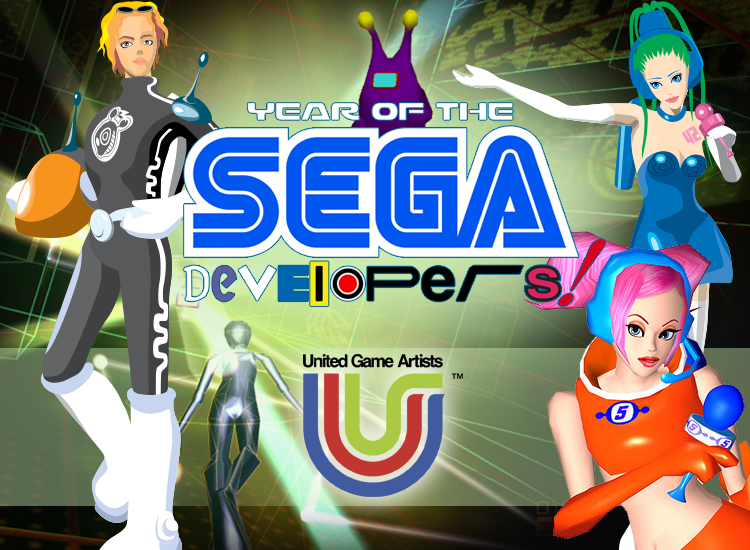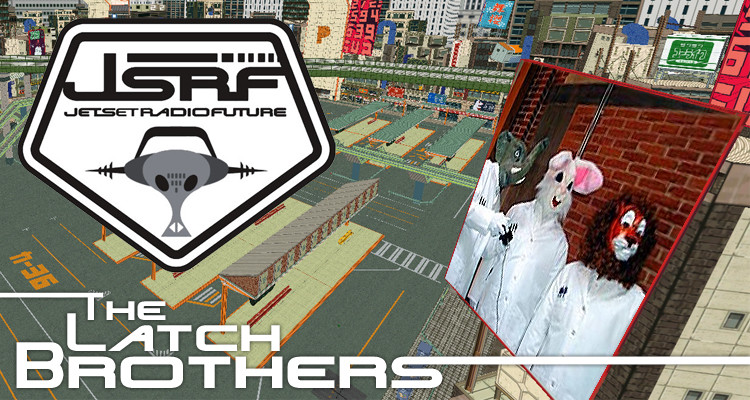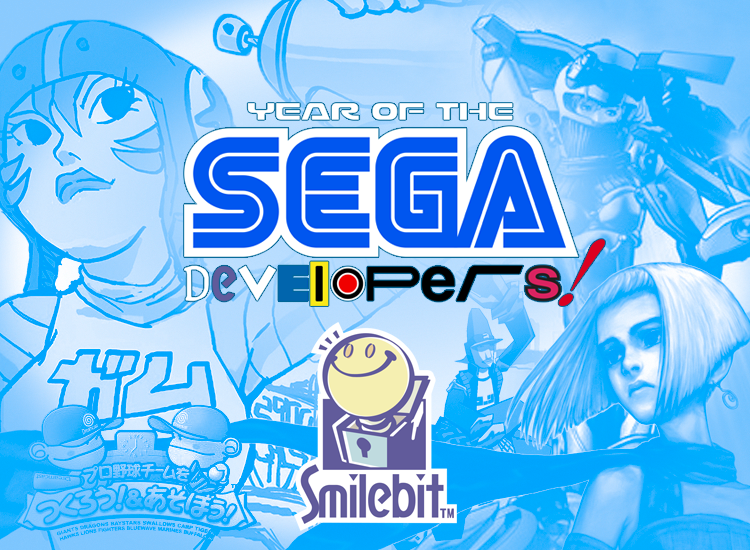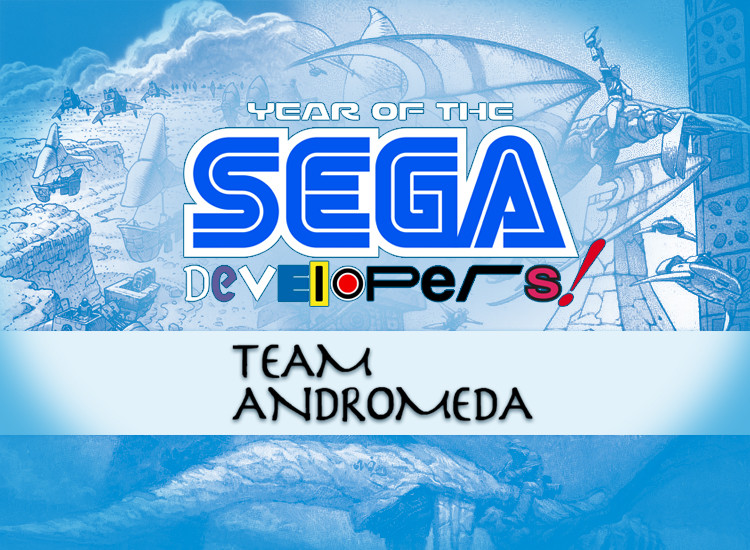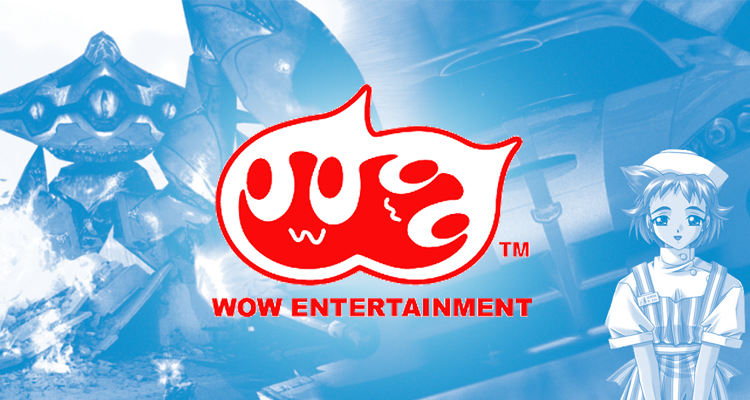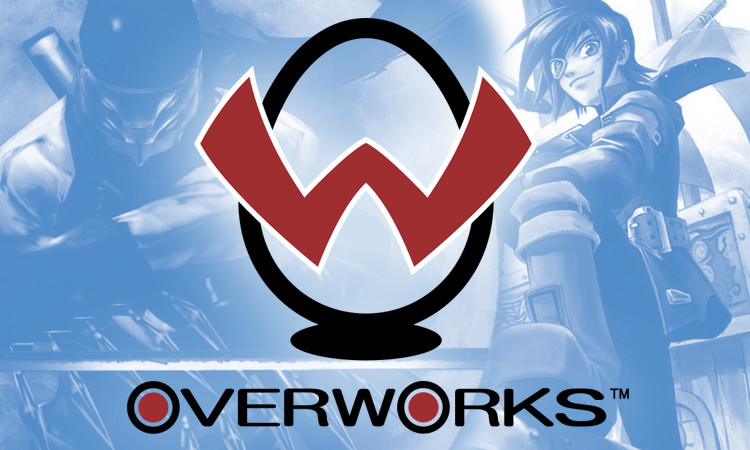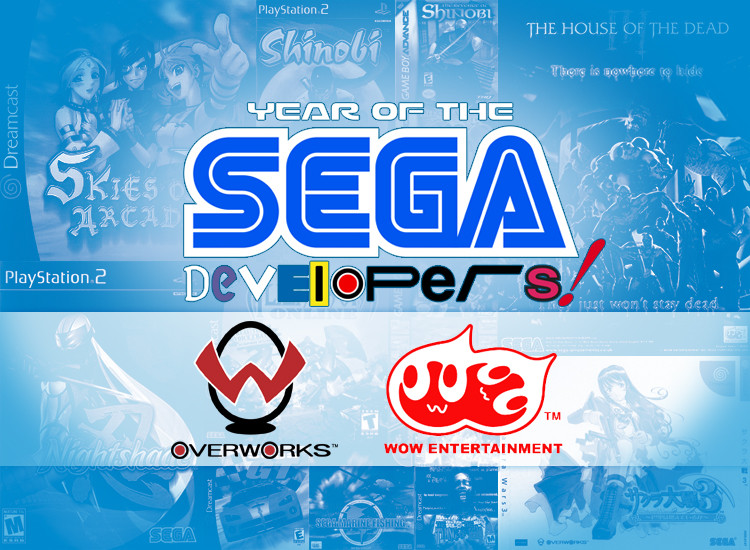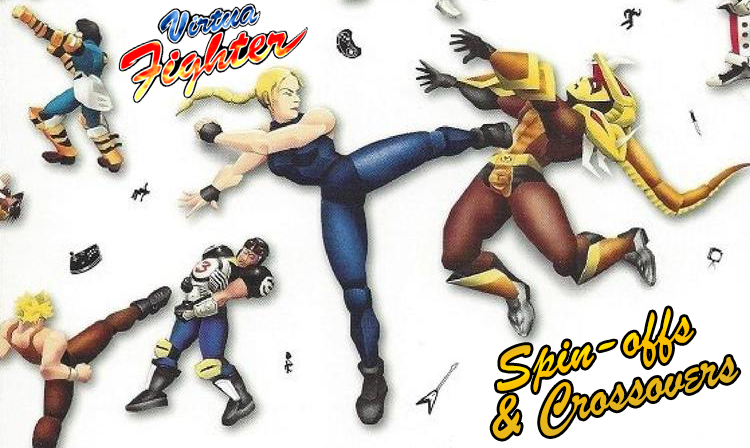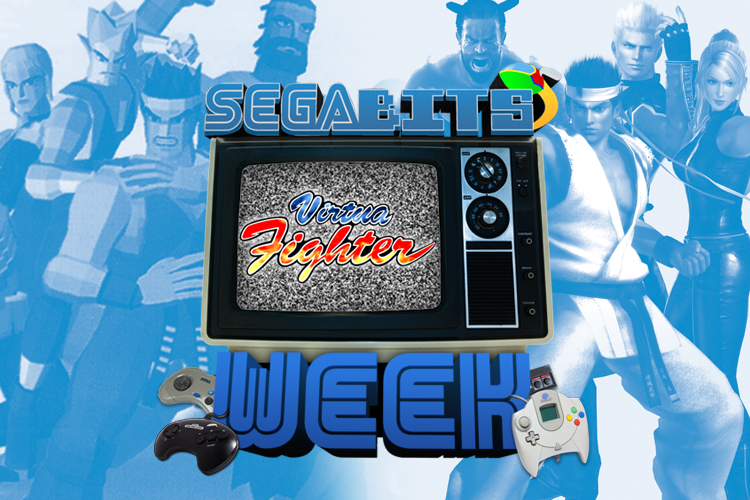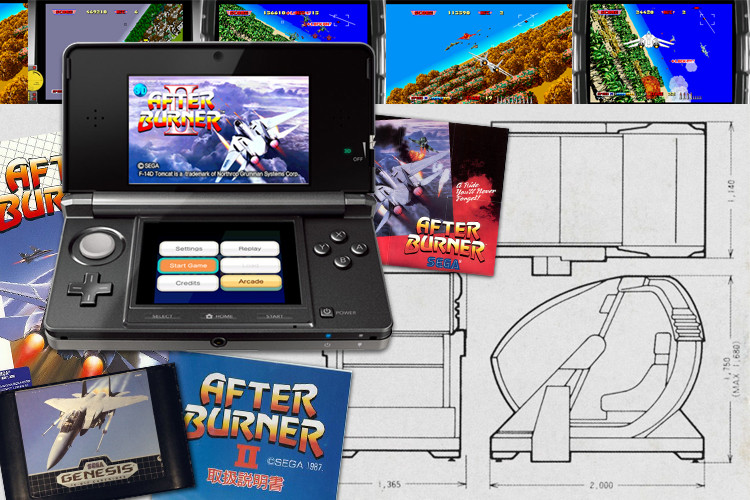The History of Sega Japan R&D, Part 1: The Origins and the 80s
THE ORIGINS
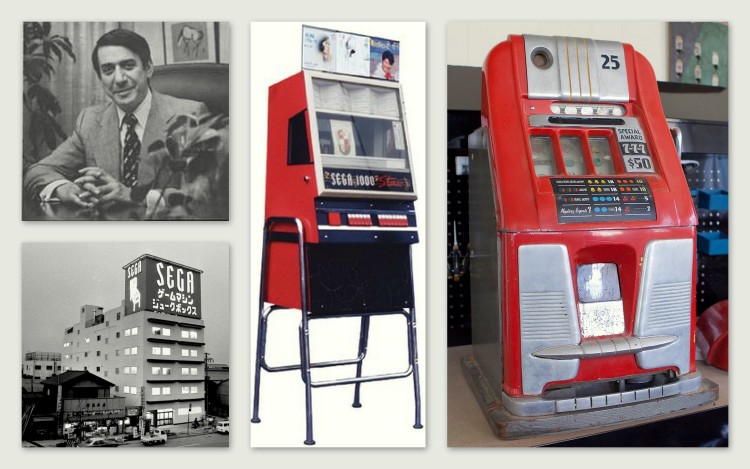
Sega is an interesting company when it comes to their origins. There are companies like Namco, Taito and Konami that started in the 60s with electromechanical games and there are those like Capcom and Square that started in the 80s with video games. Sega is different.
Sega had its roots even earlier with slots and jukeboxes in the 1940s in Hawaii, when they were known as Standard Games. Today, Sega of Japan would rather say that Sega didn’t start until it was moved to Tokyo and renamed to Service Games in 1951. However all that expertise in manufacturing slots and jukeboxes during the Standard Games days really gave Sega the boost they needed when they entered the market to manufacture their very first “Amusement Machine” in 1965, Periscope, which the company still prides itself for as it was their first worldwide commerical success.

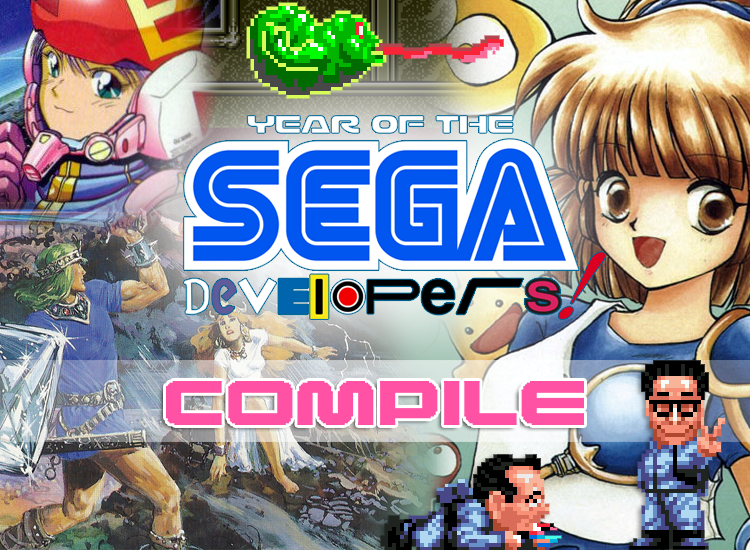
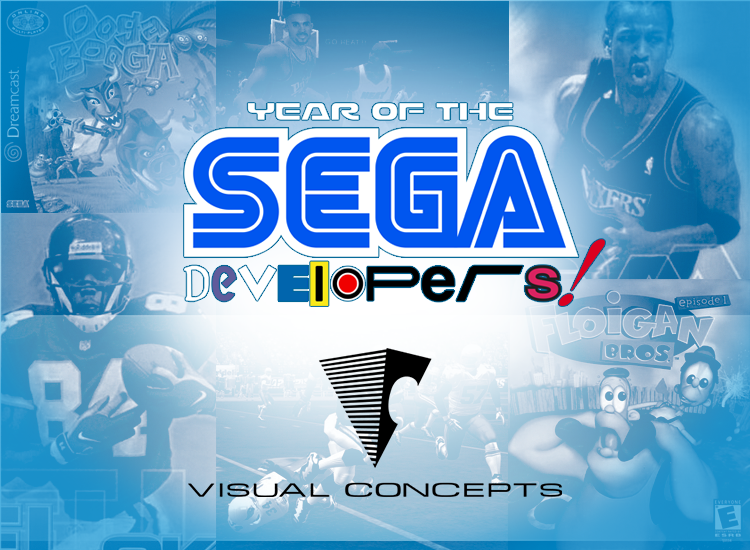
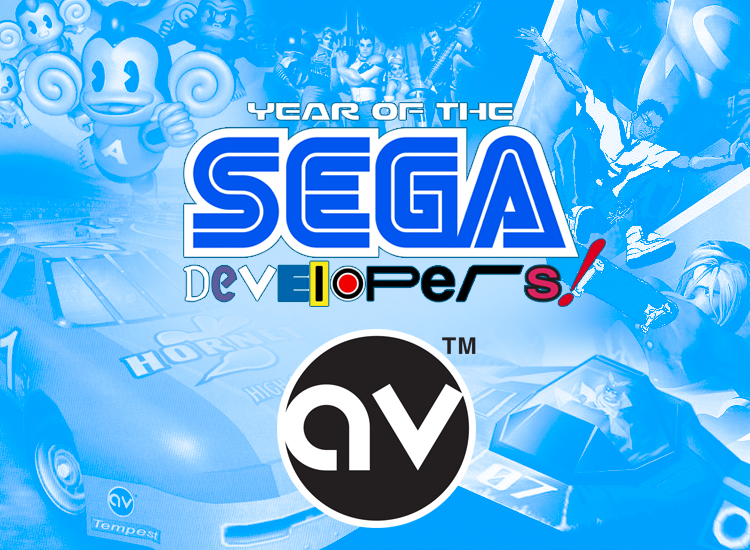 As we hit the halfway point of the
As we hit the halfway point of the 